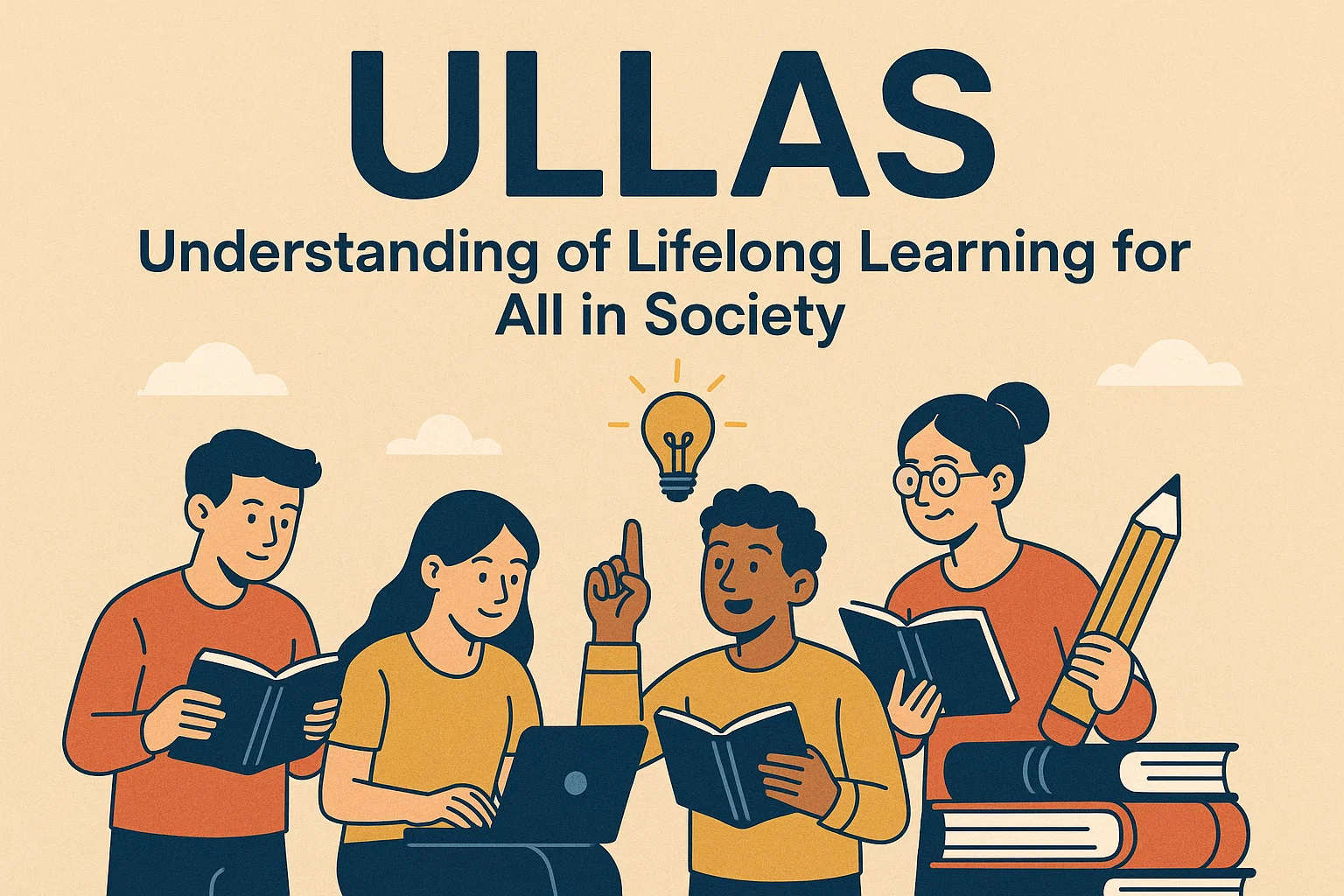Font size:
Print
Bedroom Jihadis
Context: Security agencies in Jammu and Kashmir are grappling with a new and insidious threat in the form of “bedroom jihadis”.
Who Are “Bedroom Jihadis”?
- It is a term used to describe individuals, often young and radicalised online, who carry out lone-wolf terrorist activities from their homes or local environments without direct coordination with established terrorist groups.
- They are self-radicalised through extremist propaganda on the internet, including social media, encrypted messaging apps, and jihadist forums.
- Recently, they have become active after the elections of the Legislative Assembly of the UT of Jammu and Kashmir.
How Do They Work?
- Self-Radicalisation: They consume extremist content online, often through platforms like Telegram, Twitter (X), or dark web forums.
- Lone-Wolf Attacks: They act independently, avoiding direct communication with terror groups, making them harder to detect.
- Low-Tech Methods: They use easily available weapons (knives, vehicles, crude explosives) rather than sophisticated tactics.
- Inspiration from Global Jihadist Ideology: Groups like ISIS or Al-Qaeda may indirectly inspire them through propaganda, even if there’s no direct link.
Why Are They Concerning?
- Hard to Detect: Since they don’t communicate with known terror networks, intelligence agencies struggle to track them.
- Rapid Radicalisation: The internet accelerates the process—someone can go from normal behaviour to violent extremism in weeks.
- Low-Cost, High-Impact Attacks: Simple attacks (stabbings, vehicle rammings) can cause panic and media attention.
- Copycat Effect: Successful attacks inspire others, creating a cycle of lone-wolf terrorism.
Can India’s Security Architecture Curb Them?
India faces challenges in countering bedroom jihadis, but some measures are in place:
-
- Strong Intelligence Networks: Agencies like IB, RAW, and state police monitor online extremism.
- Cyber Surveillance: Increased tracking of jihadist content, though encryption (e.g., Telegram) remains a hurdle.
- Community Policing: Engaging local communities to report suspicious behaviour.
- Legal Framework: UAPA (Unlawful Activities Prevention Act) allows preemptive arrests in terror cases.
-
Weaknesses:
-
- Encryption & Dark Web: Radicalisation happens in hidden online spaces, making monitoring difficult.
- Overburdened System: Police and intelligence agencies may lack resources for deep digital surveillance.
- Rapid Spread of Propaganda: Even if one platform is banned, extremists migrate to others.
What More Can Be Done?
- Enhanced Cyber Monitoring: AI-driven tools to detect radicalisation patterns.
- Counter-Narratives: Promoting anti-extremist content online.
- Community Engagement: Working with religious leaders to counter radical ideologies.
- International Cooperation: Sharing intelligence on global jihadist trends.
Subscribe to our Youtube Channel for more Valuable Content – TheStudyias
Download the App to Subscribe to our Courses – Thestudyias
The Source’s Authority and Ownership of the Article is Claimed By THE STUDY IAS BY MANIKANT SINGH




